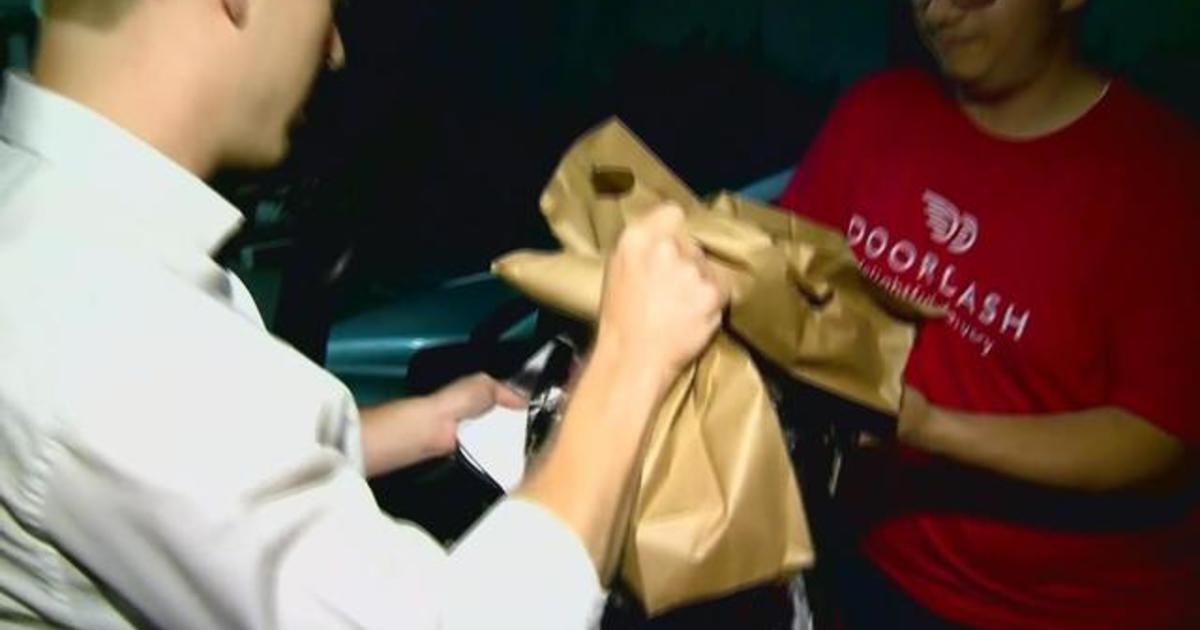
For the first time, U.S. restaurants are projected to make more money from food consumed outside their doors than inside. The food delivery industry has swelled to a $10 billion per year industry, thanks in no small part to ordering apps such as DoorDash, GrubHub, Uber Eats and many more.
It took over two decades for the seemingly overnight success to take off, and has changed the way most Americans get their food.
The concept of online delivery can be traced back to 1999, when a site called Seamless-Web began delivering to New York law firms. The better-known Seamless eventually merged with delivery app giant Grubhub.
Grubhub, with its approximately 2,700 employees and eight-floor headquarters in Chicago, also started modestly when founder Matt Maloney and his friends began grabbing paper menus from local restaurants.
He explained to CBS News’ Brook Silva-Braga how they would create “a whole new database of all the restaurants that no one had aggregated before.” Eventually, the first version of Grubhub.com went live in 2004, the same year as Facebook. It was limited to servicing part of Chicago.
Grubhub’s prototype was not responsible for delivering food, leaving it up to the restaurants.
“We were able to go to restaurants and say, ‘For every dollar of your food that I sell, I’m going to keep 10 cents.'” Maloney said.
By 2014, Grubhub had become a publicly traded company. Today it is valued at $4.5 billion.
Restaurants are now voluntarily exceeding the company’s 10% minimum, sometimes shelling out up to 30%. Maloney said the restaurants themselves “are choosing to bid up that average price” to get better exposure on the site.
The industry’s apparent success attracted competitors with large investors behind them. Soon Uber Eats, Postmates, and DoorDash all took a piece, with DoorDash surpassing Grubhub in 2019 to be worth over $12 billion.
For restaurant owners like Kathy Valera, who bought White Maize in Brooklyn, New York in 2018, having these apps are a big help despite the 20% she said she pays to Grubhub.
White Maize was barely making any profits before Valera signed the restaurant up.
Valera described seeing quick returns on investment. “First day, it was like $300. Second day, it was like $400. Third day like $400. Said, ‘oh my God, oh, this is amazing,’ you know.”
Today, she said she sees $3,000 in profit coming from the app. “So that’s why I’m like, in love with all the type of apps that we have.”
In a way, the evolution of the delivery app industry helped usher in a world where people are less likely to walk into restaurants.
“The relationship between humans and their local restaurant is changing and has been changing really ever since we started this business,” Grubhub’s Matt Maloney said.
The relationship will likely continue evolving, potentially headed for “cloud kitchens” that have no storefront and exist exclusively for delivery – an idea backed by Uber founder Travis Kalanick.

